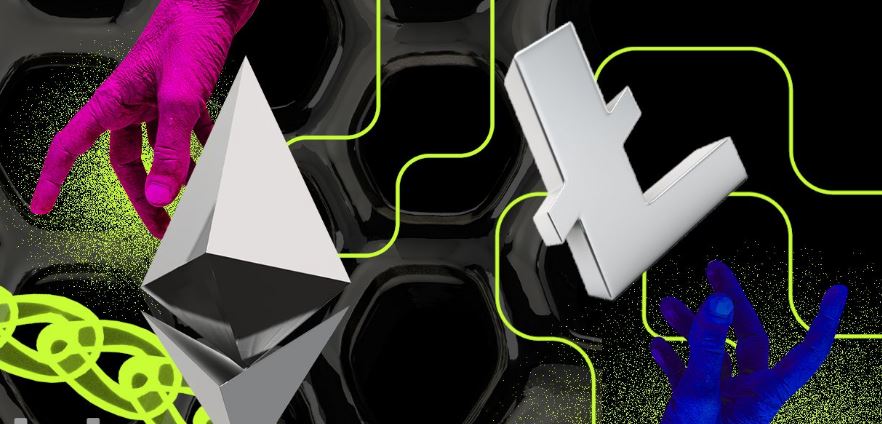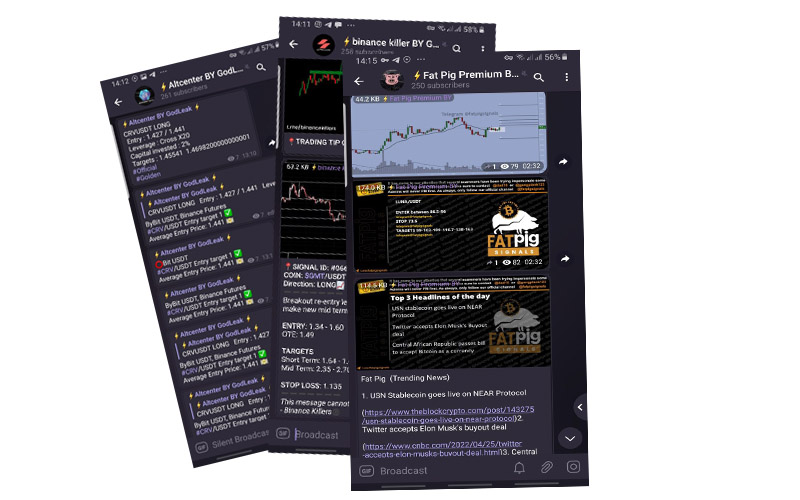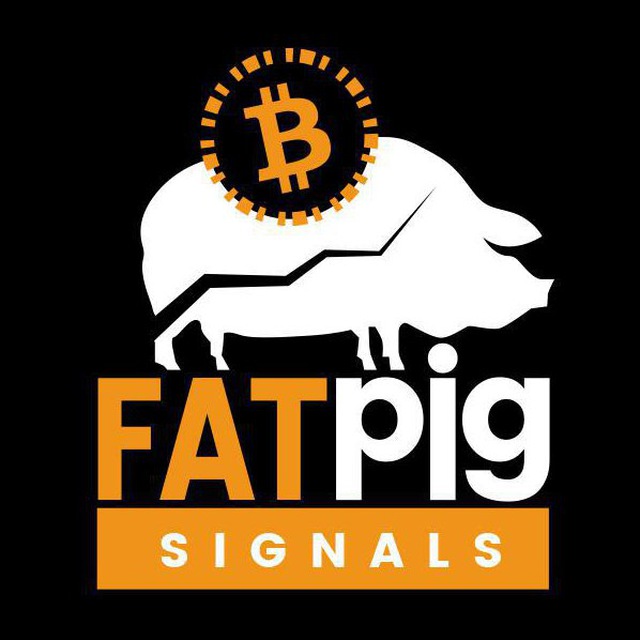Ethereum versus Litecoin: How do they differ?

Although they share some features, Litecoin and Ethereum differ in several ways. Both currencies facilitate user-to-user transactions by utilizing blockchain technology. Users can create their own applications that run independently of any centralized organization on the Ethereum blockchain. Meanwhile, Litecoin (LTC) is a low-cost alternative to the original cryptocurrency and blockchain that is a fork of Bitcoin. To quickly transfer data, Litecoin employs functions that are analogous to those found in Bitcoin. The differences between Litecoin and Ethereum are examined in this comparison guide.
What is Litecoin?
Litecoin is a decentralized, open-source digital currency worked for distributed (P2P) exchanges. Bitcoin’s codebase serves as its foundation. The network was created by Charlie Lee, a former Google employee.
On October 7, 2011, the Litecoin network began operation. It was initially referred to as Bitcoin’s “gold” and “silver” counterparts. The Litecoin blockchain is built on top of an open-source protocol that lets anyone see, change, and create their own version of the code.
Litecoin has numerous likenesses to Bitcoin yet additionally has a few key contrasts:
Because Litecoin has faster block times than the Bitcoin network, you can mine more coins faster.
Fees are lower and transactions are completed faster than on the Bitcoin network.
Instead of Bitcoin’s SHA-256 encryption algorithm, Litecoin uses a hashing algorithm called Scrypt. This makes it harder for Bitmain and other ASIC hardware manufacturers to control the mining process.
While maintaining Bitcoin’s strengths, the Litecoin network sought to address its shortcomings. It speeds up transactions by utilizing the Lightning Network. In order to guarantee that both bitcoin and litecoin will be mined at the same time, the supply of LTC is limited to 84 million coins.
What is Ethereum?
The Ethereum Virtual Machine is a distributed computing machine that is added to the public Ethereum blockchain. It is Turing complete, in contrast to Bitcoin and many first-generation blockchains.
In layman’s terms, Ethereum’s smart contract functionality permits application development. Proposed in late 2013 by Vitalik Buterin, the organization went live on July 30, 2015.
Anything built on top of Ethereum can be secured, bootstrapped, and tokenized. Voting, financial exchanges, governance, crowdfunding, contracts, and intellectual property are all examples of this.
Decentralized applications (DApps) can be developed and deployed using the tools that the Ethereum platform offers developers. DApps are applications that sudden spike in demand for top of Ethereum’s virtual machine (EVM). Smart contracts can be set up by users to run automatically when certain conditions are met.
The Ethereum blockchain’s native currency is Ether (ETH). Owners of ether can send or “spend” it with other network users. They are now able to pay for goods and services from merchants who accept ether. Ethereum makes it possible for developers to set up markets where buyers and sellers can trade without the need for a middleman.
Litecoin vs. Ethereum: what are the differences?
1. Litecoin vs. Ethereum: mechanism
There are numerous distinctions between Litecoin and Ethereum; However, the Sybil protection mechanism is the most obvious. The two famous components are evidence of-work (PoW) and confirmation of-stake (PoS).
Confirmation of-work is an instrument used to choose which hubs (diggers) reserve the privilege to join new blocks to a blockchain or approve exchanges. To demonstrate that they have done the “work,” users (miners) must devote computing power to solving difficult mathematical problems.
The PoW mechanism is used by Bitcoin and Litecoin, respectively. Interestingly, Ethereum involves evidence of-stake as its Sybil insurance instrument. Users can stake their coins or tokens to verify blocks on the blockchain using proof-of-stake. In doing as such, they get compensated with extra coins corresponding to the amount they have marked.
In September 2022, Ethereum switched from a PoW mechanism to a PoS one (referred to as the Ethereum merge or Ethereum 2.0). ConsenSys reports claim that the move resulted in a 99.9% decrease in Ethereum’s energy consumption. As a result, the Litecoin blockchain’s PoW mechanism consumes more power than the Ethereum network does, making it less expensive, more scalable, and better for the environment.
Get to know Godleak
Godleak crypto signal is a service which provide profitable crypto and forex signals. Godleak tried to provide you signals of best crypto channels in the world.
It means that you don’t need to buy individual crypto signal vip channels that have expensive prices. We bought all for you and provide you the signals with bot on telegram without even a second of delay.

Godleak crypto leak service have multiple advantages in comparision with other services:
- Providing signal of +160 best crypto vip channels in the world
- Using high tech bot to forward signals
- Without even a second of delay
- Joining in +160 separated channels on telegram
- 1 month, 3 months , 6 months and yearly plans
- Also we have trial to test our services before you pay for anything
For joining Godleak and get more information about us only need to follow godleak bot on telegram and can have access to our free vip channels. click on link bellow and press start button to see all features
Join for Free
☟☟☟☟☟
https://t.me/Godleakbot
Also you can check the list of available vip signal channels in the bot. by pressing Channels button.
2. Litecoin vs. Ethereum: programming language and virtual machine
Robustness is the most famous local programming language for the Ethereum blockchain. It was developed solely for the purpose of designing and constructing smart contracts on blockchain platforms.
It is a high-level programming language for Ethereum Virtual Machine applications. Another programming language that is compatible with the Ethereum environment is Yul. A low-level language, it is.
The global network of nodes known as the Ethereum Virtual Machine (EVM) is responsible for running Ethereum’s smart contracts. Through this global network of public nodes—basically computers running EVM software—EVM ensures program execution and security. The EVM certifies that programs do not have access to each other’s states while also preventing denial-of-service attacks.
In contrast, the programming language of Litecoin is C++, which is utilized in numerous blockchain projects. It is important to note that it lacks a virtual machine, indicating that its programming complexity is limited.
3. Litecoin vs. Ethereum: decentralization
The degree of decentralization of each network is one of the main distinctions between Litecoin and Ethereum. The Litecoin network is naturally decentralized, kept up with by excavators who procure litecoin (LTC) by confirming exchanges on the blockchain.
In contrast to Litecoin, Ethereum is more centralized. Vitalik Buterin and different designers made it as an option in contrast to Bitcoin in light of the fact that they needed to make a stage for decentralized applications (DApps).
The platform is still maintained by developers and validators, but there are some differences in how much control each group has over the platform.
4. Litecoin vs. Ethereum: transaction cost
When selecting a cryptocurrency, one of the most crucial metrics is the cost of transactions. Ethereum measures the computational effort required to carry out transactions using gas.
This is comparable to figuring out how much gas a car would need to travel from one location to another. To complete the transaction, users who send Ether tokens have to pay a gas fee.
On average, Litecoin users will pay around $0.03 or $0.4 for transaction fees, whereas the average fee for a Bitcoin transaction is around $7.60. This is due to the fact that the Litecoin network rewards miners with LTC that does not come from transaction fees. As a result, there is less competition for block space than with Bitcoin. As a result, there are fewer fees for users, making it simpler to use as a currency.
5. Transaction speed: Litecoin vs. Ethereum?
The block time on Ethereum is 15 seconds. Interestingly, Litecoin highlights a block season of 2.5 minutes, with new blocks made after each 2.5 minutes. On the Litecoin platform, multiple transactions can be confirmed every minute.
Litecoin mining requires mining new blocks, which slows down transactions by 54 per second when compared to Ethereum. New blocks are created every 2.5 minutes.
6. Litecoin vs. Ethereum: Market cap and coin price
As of July 6, 2023, Litecoin has a market cap of $7.19 billion. One LTC is $98.09.
In contrast, Ethereum’s market cap is $226.27B, while one ETH is, at the time of writing, worth $1881.53.
7. Litecoin vs. Ethereum: DApp and NFT support
Ethereum is the best blockchain for developing a DApp and maintains its position as the market leader when it comes to DApp support. The majority of developers still choose to develop DApps for a wide range of services on Ethereum despite the proliferation of competing altchains.
Software for managing the supply chain, increasingly sophisticated DeFi protocols, and NFT marketplaces are all examples of this. Litecoin is mostly used for making payments. It facilitates the use of cryptocurrency for payment at retail establishments like Starbucks and Amazon by making payments more accessible to everyday consumers.
With the highest NFT collection market cap among all blockchains (estimated at $3.7 billion in DAppRadar’s NFT valuation report published in February 2023), Ethereum once again leads the pack. As of February 2023, Litecoin will also support NFTs, specifically Ordinals.








